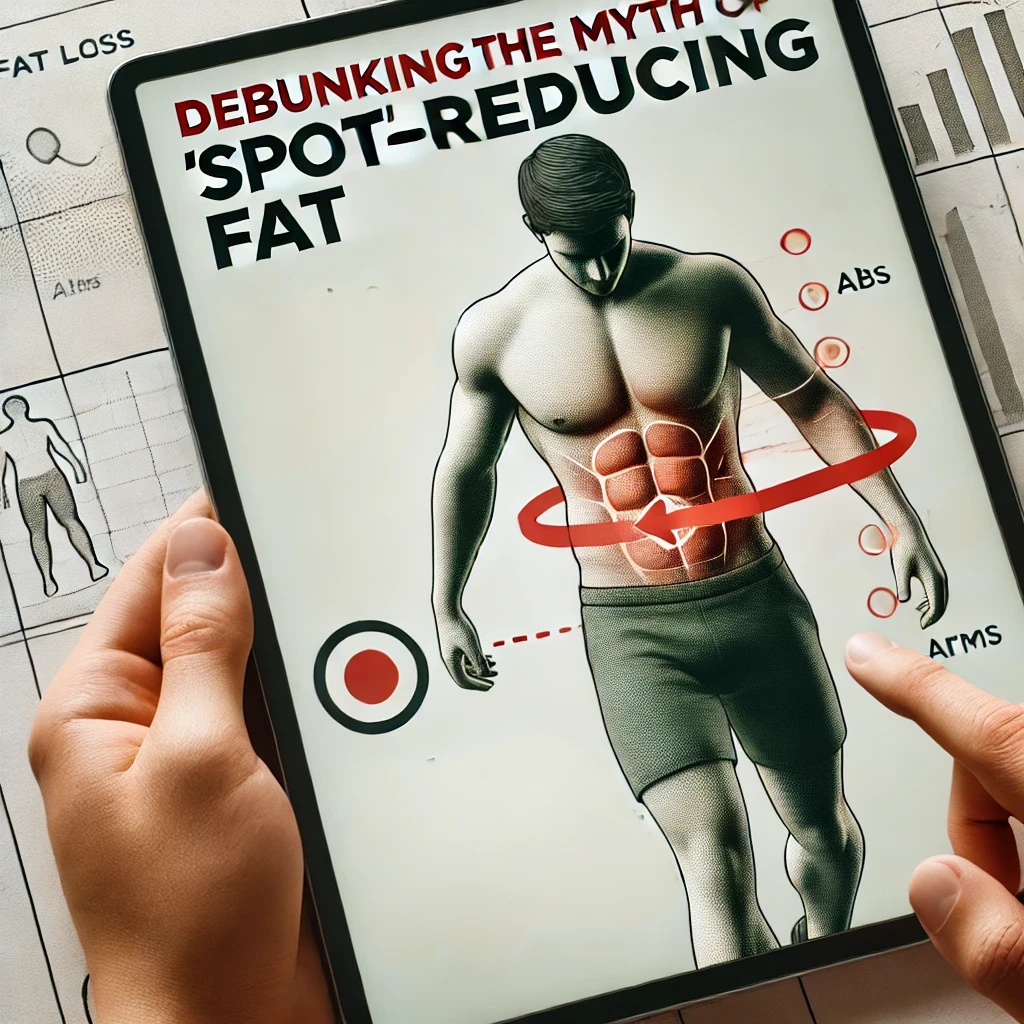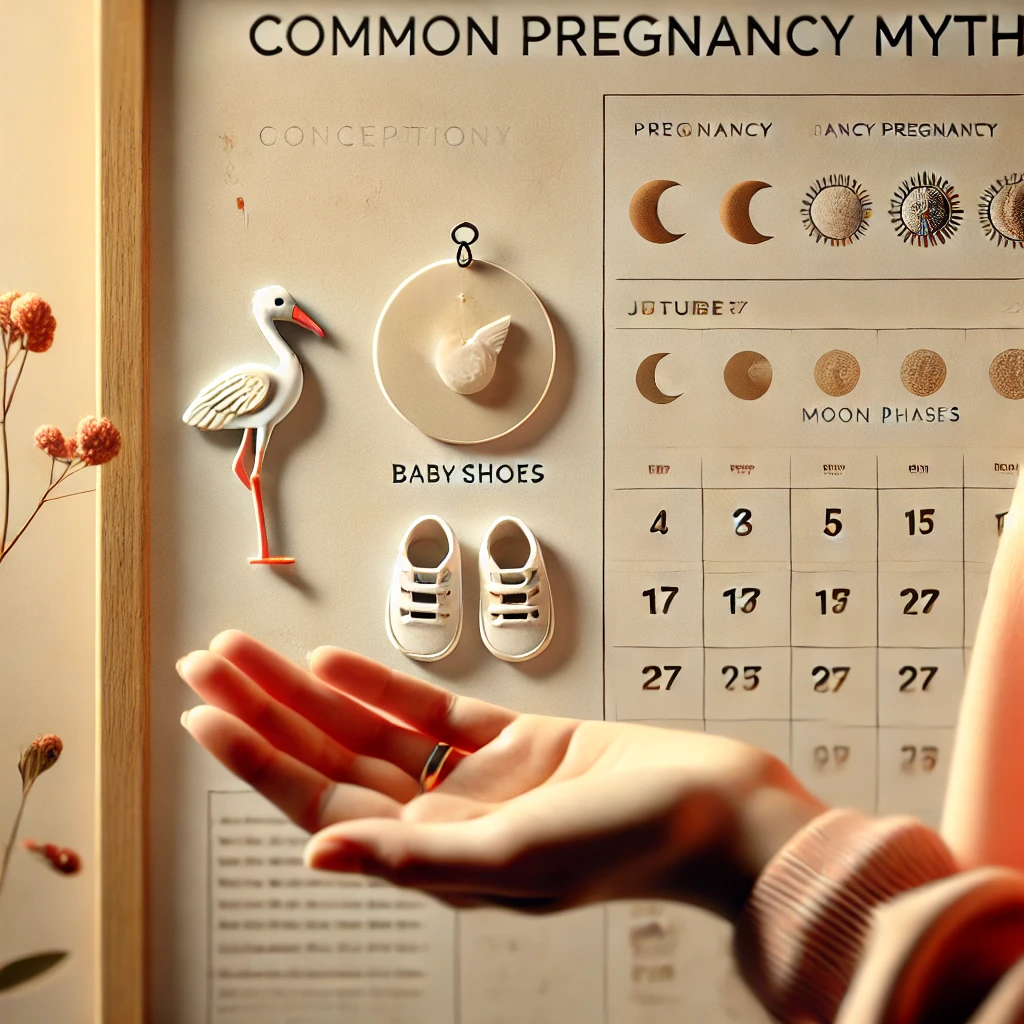Despite advancements in science and technology, certain myths persist across generations, deeply rooted in our culture and everyday beliefs. From crime procedural clichés to persistent health misconceptions, these myths influence behaviors, shape perceptions, and sometimes even put lives at risk. Here’s a breakdown of 20 common myths that deserve debunking once and for all.

1. “You Need to Wait 24 Hours to Report a Missing Person”
Many people believe you must wait 24 hours before filing a missing person report. In reality, there’s no legal waiting period for reporting someone missing, especially a child. The first hours are critical, so prompt reporting can make a significant difference.

2. The Dark Ages Were “Dark” and Barbaric
This idea originates from Victorian-era historians who depicted the Middle Ages as a backward period. In truth, the medieval era was rich in culture and innovation. The “Dark Ages” label is more of a Victorian construct than a historical reality.

3. “Carrots Improve Night Vision”
The British military propagated this myth during WWII to hide advancements in radar technology. While carrots contain vitamin A, which supports general eye health, they won’t give you night vision.

4. The Gum Digestion Myth
Contrary to the claim that gum takes seven years to digest if swallowed, our bodies process gum like other indigestible items. It passes through the system without harm.

5. MSG Is Harmful
Although MSG (monosodium glutamate) is often blamed for adverse health effects, scientific studies have found it is as harmless as other seasonings. The myth began with an unverified report in the 1960s and was fueled by cultural bias against Asian cuisine.

6. You Can “Spot-Reduce” Fat
Exercising specific body parts to burn fat only in those areas is a widespread misconception. Fat loss occurs throughout the body, not in isolated areas, no matter how many crunches or leg lifts you do.

7. OCD Is About Being Neat and Tidy
Obsessive-compulsive disorder is often misunderstood as a “neat freak” condition. In reality, it’s a mental health disorder that involves intrusive thoughts and behaviors. OCD symptoms vary widely and aren’t limited to tidiness.

8. Cold Weather or Getting Wet Causes Colds
Colds are caused by viruses, not cold or wet weather. While your immune system may be slightly weakened in colder conditions, catching a cold requires exposure to specific viruses, not simply dampness.

9. “Alpha Wolves” and Dog Training
The “alpha wolf” concept in wolf packs was disproven by the original researcher. Wolf packs are family units led by parents, not a battle-won “alpha.” This myth has unfortunately influenced training methods that can harm the human-dog bond.

10. People Sabotaging Halloween Candy
Despite popular belief, there’s almost no evidence of strangers tampering with Halloween candy to harm children. The myth persists but is largely a cultural fear rather than a documented fact.

11. Pregnancy Myths: “You Can’t Get Pregnant If…”
Many myths claim you can’t get pregnant under specific conditions. In reality, unless reproduction is physically impossible, there’s always a chance of pregnancy.

12. Interior Car Lights Are Illegal
Many believe it’s illegal to drive with the interior light on, but in most places, it’s not against the law. It may be distracting, but it’s generally a matter of personal responsibility, not legality.

13. The Fan Death Myth in Korea
A widely held myth in Korea is that leaving a fan on in a closed room can cause death due to a lack of oxygen. This idea is baseless, though so prevalent that many fans sold in Korea still have built-in timers.

14. Swimming After Eating Causes Cramps
This cautionary tale for swimmers is largely unfounded. While intense physical activity on a full stomach may cause discomfort, moderate swimming is generally safe after eating.

15. “Cats Don’t Bond With Their Owners”
Contrary to the belief that cats are aloof and only attach to homes, studies show that cats develop strong bonds with their owners, displaying affection and loyalty comparable to dogs.

16. The Polygraph Test Detects Lies
Despite its frequent use in TV shows, the polygraph is not a reliable indicator of truthfulness. It measures physiological responses, which can vary due to anxiety, fear, or other emotions, making it unreliable for detecting lies.

17. A Diamond Ring Is Essential for Engagement
The idea that engagement rings must have a diamond worth three months’ salary is a marketing invention by the De Beers company in the 1930s. The “tradition” has no historical or cultural basis outside of this advertising campaign.

18. Marshmallow Experiment and Success
A famous study suggested that children who delayed gratification were more successful. However, follow-up research found that socioeconomic background, not self-control, was a better predictor of success.

19. Pulling Yourself Up by the Bootstraps
This phrase was originally a joke, as it’s physically impossible to lift yourself by pulling on your own bootstraps. Yet, the myth persists as a metaphor, promoting the unrealistic idea that anyone can succeed without support or resources.

20. Zodiac Signs Determine Personality
Belief in zodiac signs persists, yet no scientific evidence supports astrology’s claim to influence personality based on birthdates. Traits and behaviors are better explained by genetics, environment, and personal choices.





